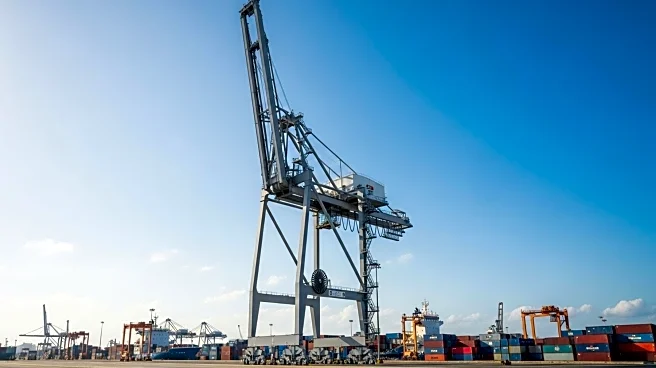What's Happening?
A recent analysis by Bankrate reveals that Florida is the most expensive state to own a car, with hidden costs such as insurance, gas, maintenance, and state vehicle taxes averaging $8,483 annually. This marks a 3.5% increase from the previous year. Insurance costs are the primary driver of these expenses, with Florida's average premiums being the third-highest in the country. Nevada and Louisiana follow closely behind, with hidden costs of $8,342 and $8,254, respectively. The study highlights the significant impact of location on car ownership costs, with factors like insurance rates, fuel use, and state taxes varying widely across the U.S.
Why It's Important?
The rising costs of car ownership, particularly insurance premiums, have significant implications for American households, where car ownership is nearly universal. As these hidden costs increase, they place additional financial burdens on families, potentially affecting their ability to afford other necessities. The disparity in costs across states also highlights the influence of local policies and economic conditions on consumer expenses. Understanding these variations is crucial for policymakers and consumers alike, as they navigate the financial challenges associated with car ownership.
What's Next?
As insurance premiums and other costs continue to rise, consumers may seek alternative transportation options or advocate for policy changes to alleviate financial pressures. States with high costs might explore regulatory adjustments to make car ownership more affordable. Additionally, the automotive and insurance industries may need to innovate to offer more cost-effective solutions to consumers. Monitoring these trends will be essential for stakeholders aiming to address the economic impact on households.










